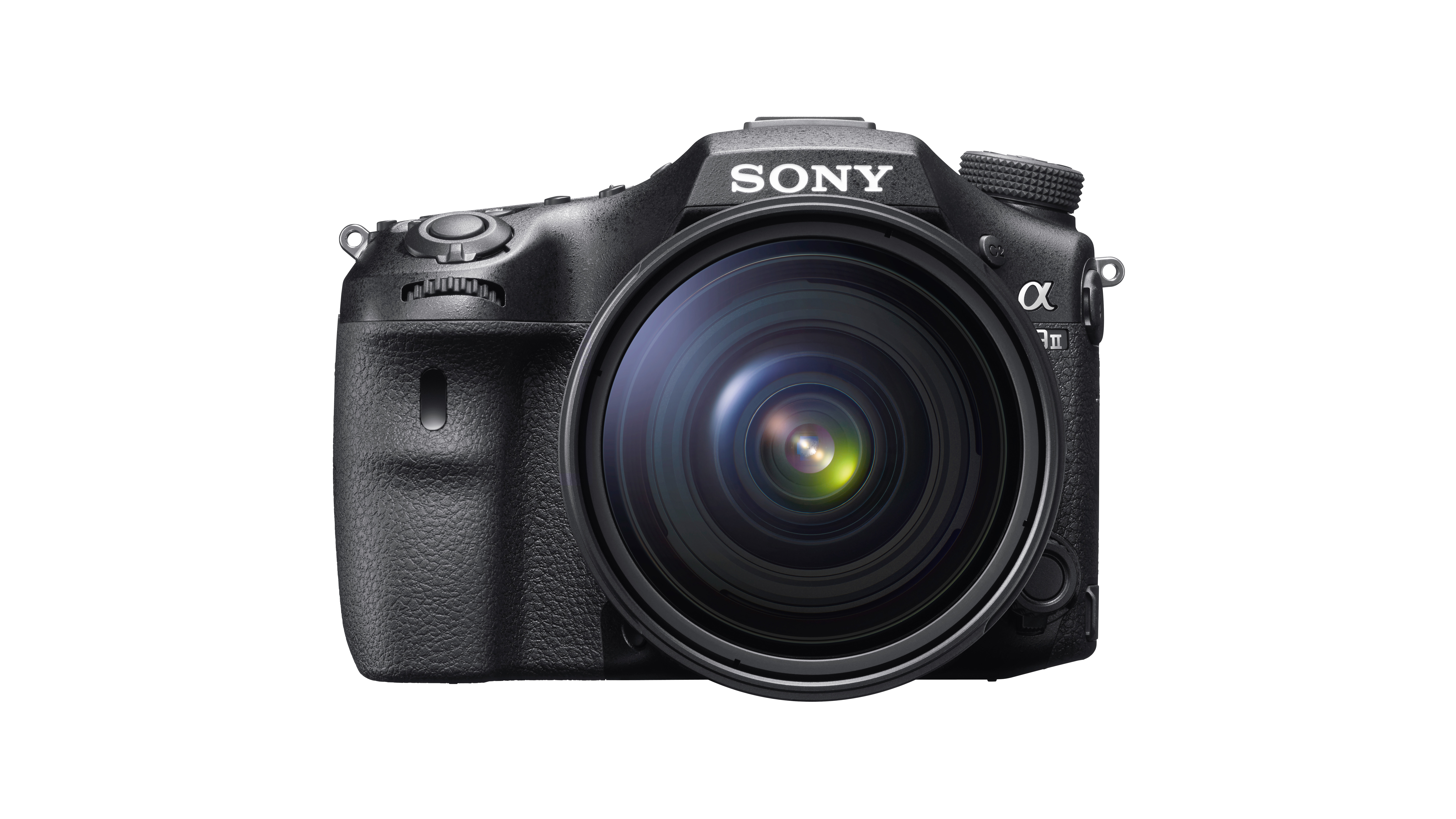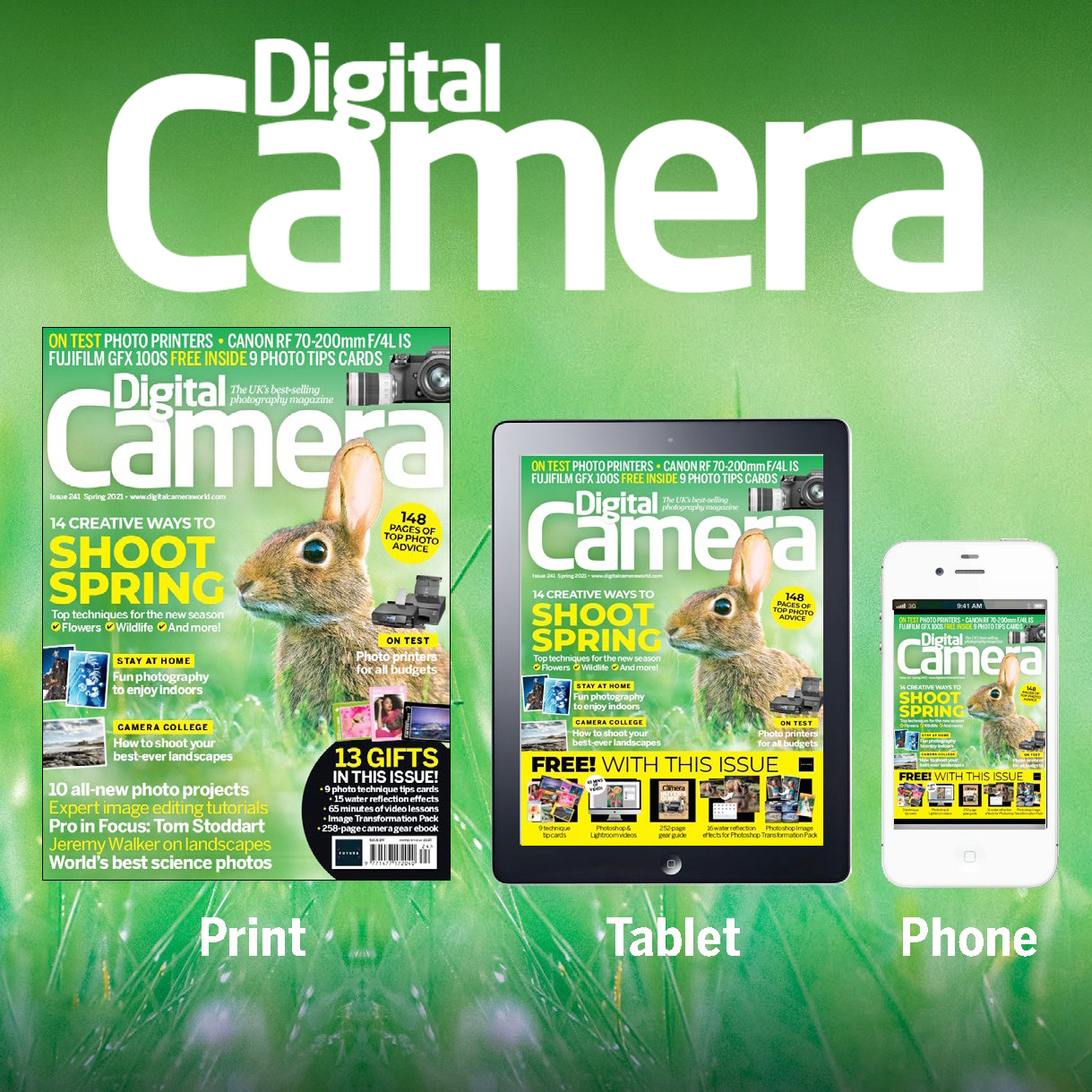Why you can trust Digital Camera World
Build and handling
Despite the many technical advances, the A99 II is actually 8% smaller than its predecessor. This has been made possible by rejigging the internal layout and reducing the size of the image stabilisation system.
The body has a magnesium alloy chassis and top and bottom plates; it’s sealed against dust and moisture; and the shutter mechanism has a quoted life expectancy of 300,000 shots. The battery life expectancy is less impressive, and a reminder that mirrorless cameras (even those with a mirror!) gobble up power much faster than an SLR. The A99 II’s battery is good for just 390 shots in Live View and 490 using the EVF. You’ll need plenty of spares if you go out on an extended shoot, and you’ll need to make sure they’re charged up.
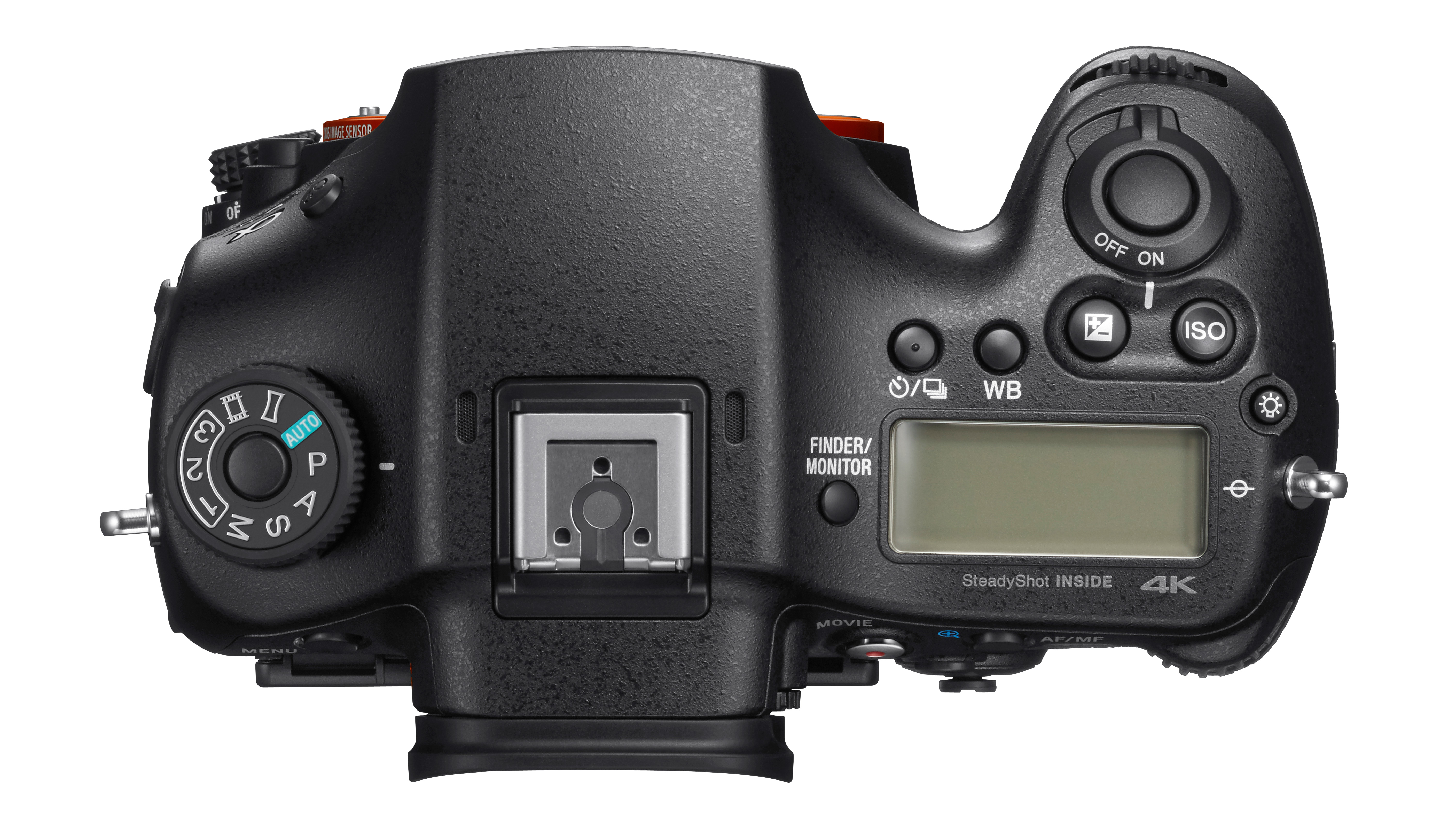
The A99 II is commendably compact – although if you fit a pro-spec zoom lens like the Zeiss 24-70mm f/2.8, you might find yourself wishing the body had a bit more vertical height, for a better grip in the hand to balance out big, professional lenses like this.
The thumbstick located on the back is something of an acquired taste too. It’s used extensively
for menu navigation and focus point positioning, but it has a short throw and a heavy, rather imprecise feel.
The electronic viewfinder is terrific, though. It’s so crisp and responsive that, given the fact the A99 II already handles like an SLR, you could forget that it’s not an optical viewfinder.
The rear screen is especially clever. It has a tilt mechanism with an additional cantilever section, which lets you angle the screen higher and further forward for waist-level shooting. It also hinges at the base for overhead shots, and there’s a central pivot here which lets you turn the screen sideways too. This means vertical shots are as straightforward as horizontal ones.
Performance
Our real-world tests confirm the results we got in the lab: the A99 II’s 42.4MP sensor can deliver extremely sharp results. However, you have to work that little bit harder to get the best from it, because its resolution shows up the slightest focusing error or camera shake. With a camera like this, it’s very tempting to zoom in on every image to revel in the detail – or worse, to find fault either with your equipment or your technique.
This means the five-axis stabilisation is especially welcome. Even so, if you are shooting hand-held with this camera, you might want to keep the shutter speeds just a stop or so higher than you would with a lower-resolution model.

The colour rendition, dynamic range and exposure accuracy are pretty hard to fault. Any exposure variations were entirely predictable and due to the scene lighting, not any failings on the part of the A99 II’s metering system.
Photographers also need good high-ISO performance, which is a stumbling block for high-res sensors. The A99 II does pretty well in this respect, delivering images with little real degradation up to ISO 3,200. Beyond this, the noise stays well-controlled, but detail loss and smearing starts to creep in. There’s a clear difference between ISO 3,200 and 6,400, and at ISO 12,800 finer detail is starting to get distinctly mushy. The image quality is never intolerable, even at the maximum expanded ISO 102,400 setting, but you’d only use that setting in an emergency, and with the awareness that you probably have the wrong camera for the job.
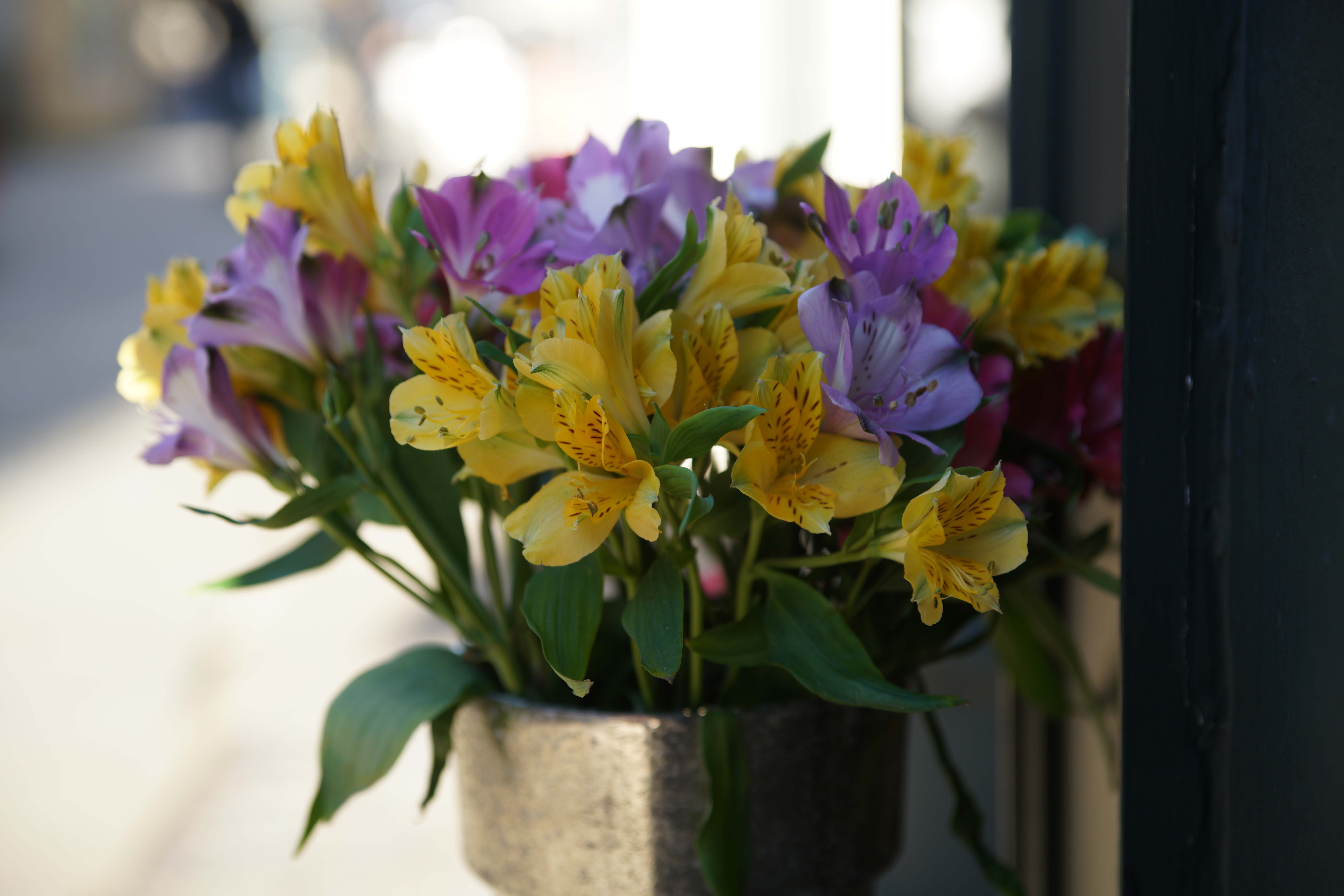
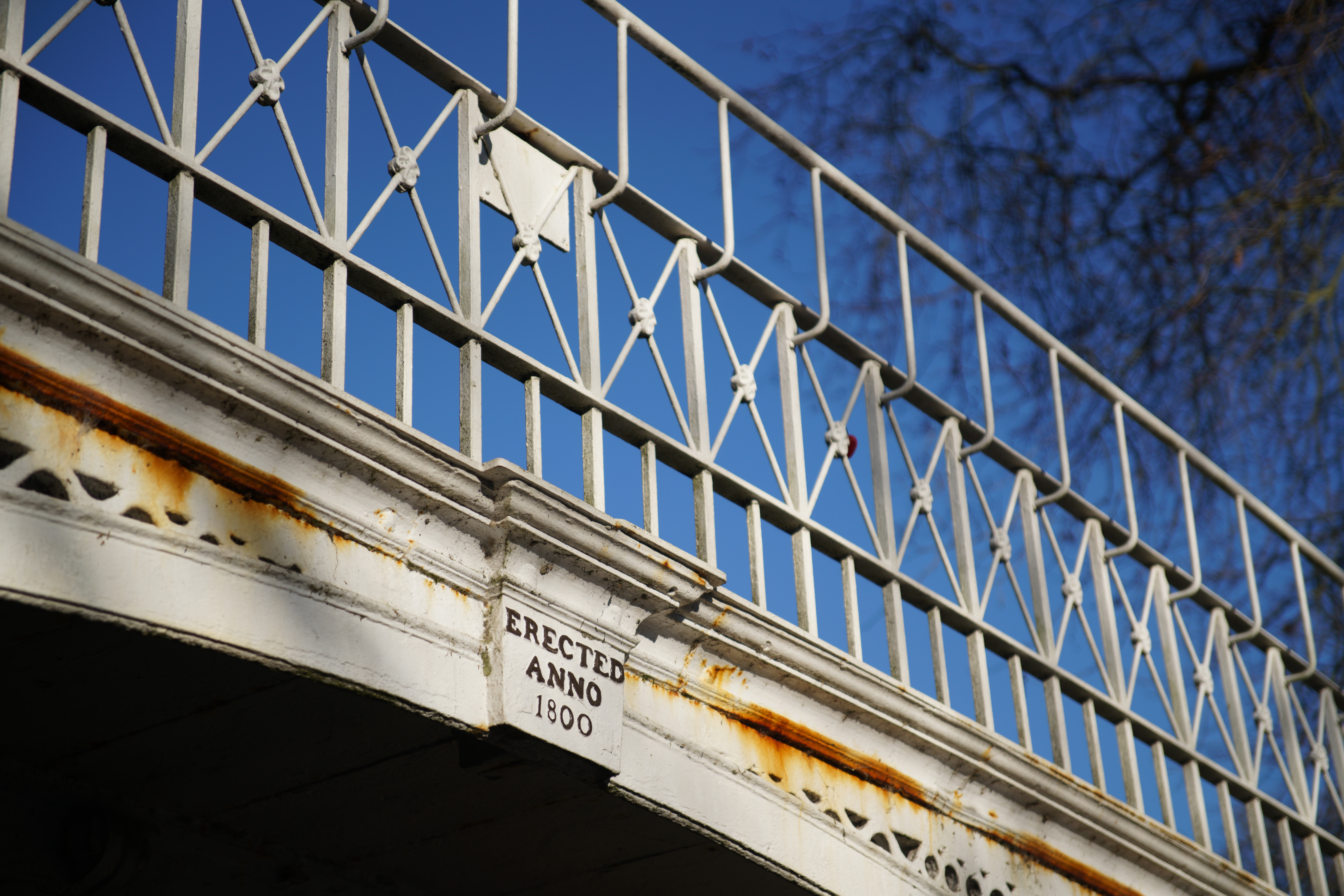
The autofocus system is highly effective, if complicated by the fact you need a compatible lens to get the full benefit of the Hybrid Phase Detection AF system. (There’s a list available on the Sony website.)
Current page: Build, handling and performance
Prev Page Introduction and features Next Page Specs and lab testsThe sister print publication to this website, Digital Camera Magazine is Britain's best-selling photography publication – and it can also be purchased outside the United Kingdom as Digital Camera World.
Digital Camera Magazine is packed with more expert advice and more inspirational images than any other title, with the sole aim of helping you become a better photographer. Every issue we also bring you a selection of great gifts which are designed to help you get more from your photography – everything from tips cards and cheat sheets to free software and bookazines.
In addition to inspirational images, interviews, projects, mini tests and tutorials, each issue is packed with news, reviews and comparisons, as well as photographer vs photographer shootouts and head-to-head challenges using the best photo editing software.
The magazine is captained by Editor Niall Hampton.
